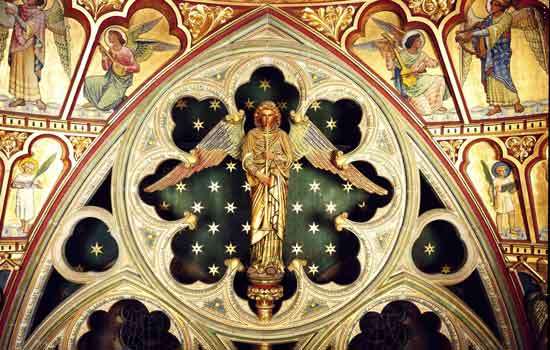Religion in England
In the 2011 registration, 59.4% of the number of inhabitants in Britain determined their religion as Christian, 24.7% addressed that they had no religion, 5% indicated that they were Muslim, while 3.7% of the populace has a place with different religions and 7.2% didn't give an answer.Christianity is the most generally rehearsed religion in Britain. The laid out chapel of Britain is the Congregation of England, which left fellowship with Rome during the 1530s when Henry VIII couldn't dissolve his union with Catherine of Aragon. The congregation views itself as both Catholic and Protestant. There are High Church and Low Church customs and a few Anglicans view themselves as Old English Catholics, following the Tractarian development. The ruler of the Assembled Realm is the incomparable legislative head of the Congregation of Britain, which has around 26 million absolved individuals from (whom by far most are not standard churchgoers).
It frames part of the Anglican Fellowship with the Diocese supervisor of Canterbury going about as its representative overall head. Numerous houses of prayer and ward chapels are noteworthy structures of huge design significance, like Westminster Monastery, York Minster, Durham Church building, and Salisbury Basilica.
Westminster Convent is a prominent illustration of English Gothic engineering. The crowning ritual of the English ruler generally happens at the Convent.
The second-biggest Christian category is the Catholic Church. Since its renewed introduction after the Catholic Liberation, the Congregation has coordinated religiously on a Britain and Ribs premise where there are 4.5 million individuals (a large portion of whom are English). There has been one Pope from Britain to date, Adrian IV, while holy people Bede and Anselm are viewed as Specialists of the Congregation.
A type of Protestantism known as Methodism is the third biggest Christian practice and outgrew Anglicanism through John Wesley It acquired prevalence in the plant towns of Lancashire and Yorkshire, and among tin diggers in Cornwall. There are other non-traditionalist minorities, like Baptists, Quakers, Congregationalists, Unitarians and The Salvation Army.
The benefactor holy person of Britain is Holy person George; his emblematic cross is remembered for the banner of England. There are numerous other English and related holy people, including Cuthbert, Edmund, Alban, Wilfrid, Aidan, Edward the Questioner, John Fisher, Thomas More, Petroc, Piran, Margaret Clitherow and Thomas Becket. There are non-Christian religions rehearsed. Jews have a past filled with a little minority on the island since 1070. They were removed from Britain in 1290 following the Order of Ejection, and were permitted back in 1656. Particularly since the 1950s, religions from the previous English provinces have filled in numbers, because of migration. Islam is the most well-known of these, presently representing around 5% of the populace in England.Hinduism, Sikhism and Buddhism are next in number, amounting to 2.8% combined, presented from India and Southeast Asia. A little minority of the populace practice old Agnostic religions. Neopaganism in the Unified Realm is fundamentally addressed by Wicca and Neopagan black magic, Druidry, and Heathenry. As per the 2011 evaluation, there are about 53,172 individuals who recognize as Agnostic in England,[g] including 11,026 Wiccans.[h] 24.7% of individuals in Britain announced no religion, contrasted and 14.6% in 2001. Norwich had the most elevated such extent at 42.5%, trailed by Brighton and Hove at 42.4%.


